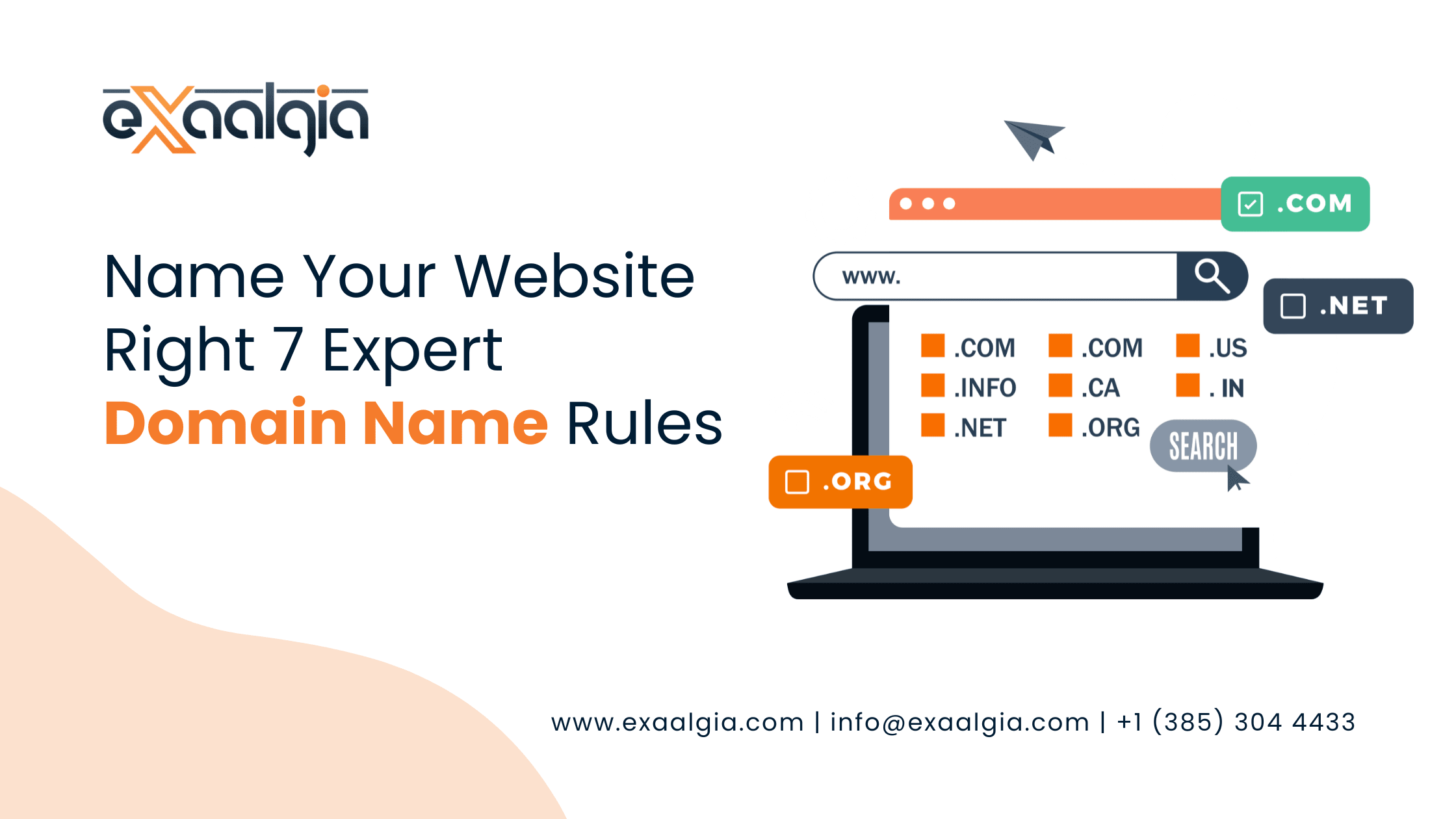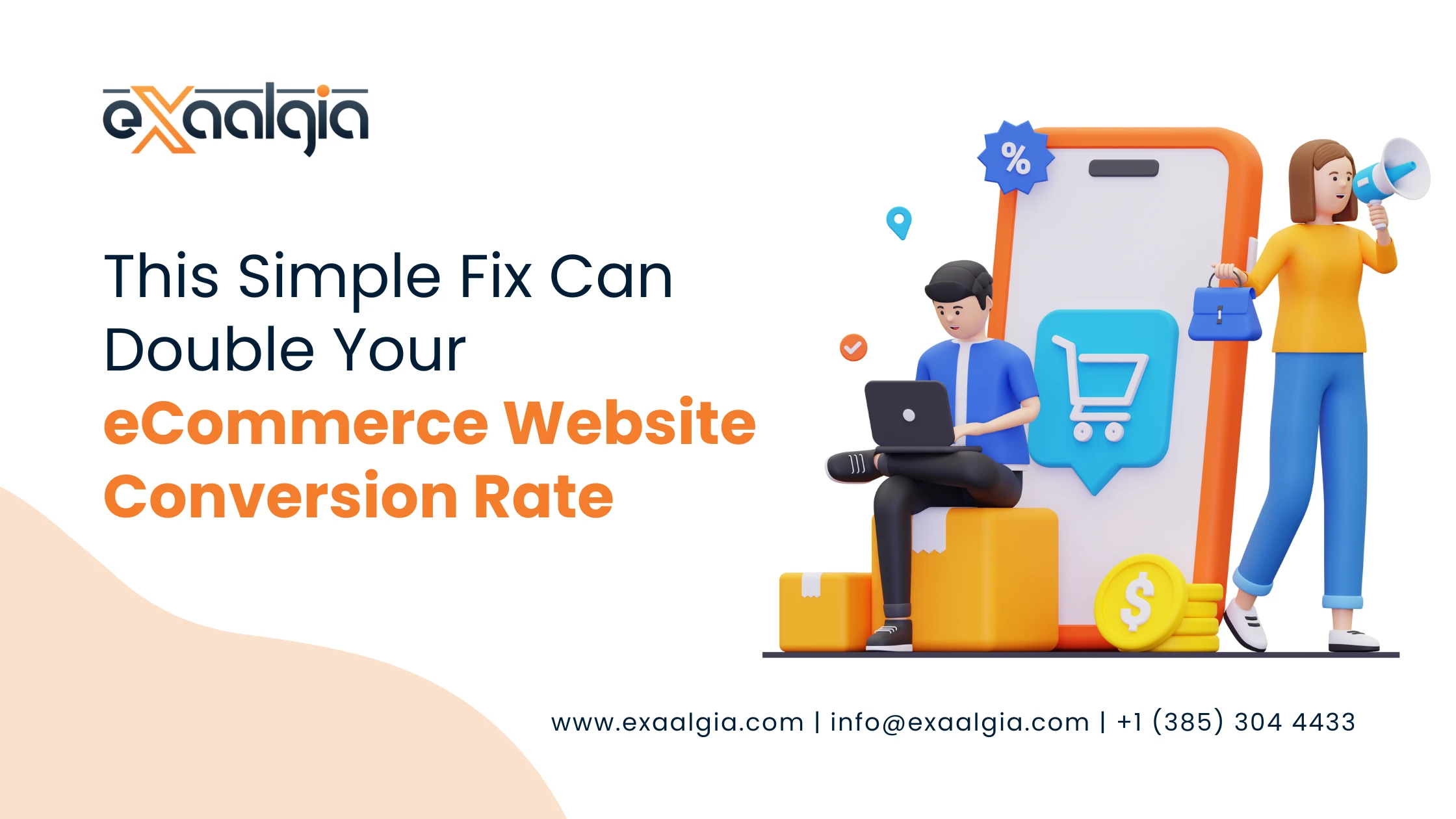In this all-inclusive guide, we will talk over the concept of responsive web design, its primary objectives, core principles, and many more benefits. We will suggest you with actionable tips on how you can create a fully responsive website that stands robust and strong in front of your competitors, test its effectiveness, and how you can stay ahead of the competition.
What Is Responsive Web Design?
Responsive web design is one approach to developing web pages in such a manner that those pages can dynamically change according to diversified usages of devices and the size of the screen. Instead of developing different websites for mobile and desktop users, a responsive website ensures that all enjoy a united and optimized experience on whatever device they are using.
This is achieved through techniques like fluid grids, which scale elements proportionately, elastic images that scale up or down without loss of resolution, and CSS media queries that apply specific rules based on the resolution of the screen. Business responsive web design benefits it has towards different audiences and improved user experience with regard to engagement and conversion.
What Does Responsive Design Mainly Aim at?
Above all, responsive web design aims at providing the greatest and smoothest user experience on every other gadget. This simply means creating a site that is:
Easy to Navigate: users should be able to find information with ease without having to zoom in and out, scroll, or pan horizontally.
Loads Swiftly: efficient designs load fast even on slower mobile networks.
Visually Consistent – Aesthetics and functionality on a variety of devices are preserved while maintaining brand integrity.
Businesses can establish credibility and extend time spent on a website by focusing on user satisfaction in addition to all else. A responsive design is not purely an aesthetic consideration; it’s strategically in line with user needs versus business goals.
What Are the Three Pillars of Responsive Web Design?
Responsive web design is based on three fundamental principles that support each other to ensure flexibility and adaptability:
1. Fluid Grids
Fluid grids use relative units such as percent as opposed to fixed dimensions (like pixels). This means actual layout elements’ dimensions change proportionally with the user’s screen size.
2. Flexible Images and Media
Image and media files are sized such that they don’t over flow or distort on smaller screens. Application of max-width properties helps ensure images appear attractive.
3. Media Queries
Another feature offered by CSS is media queries. With it, a person can apply different styles according to various screen sizes and resolutions. This way, a media query can make the font size or even hide some elements on a smaller device.
These principles lay down the basis of any responsive web design strategy. They ensure that user experiences are smooth and workable.
Top 10 Benefits of Responsive Web Design
Implementing a responsive design provides both companies and users with an array of benefits. Here are the top 10 advantages.
1. User-Friendly Experience
A responsive website offers intuitive navigation and readability, thus it makes it easier for users to interact with your content.
2. Cost Effectiveness
Time and resources are saved in responsive design because one doesn’t have to make another version of the website for mobile and desktop.
3. Better SEO Performance
Google, as well as other search engines, tend to support mobile-friendly sites. It’s going to increase your rankings on the search result pages with responsive design.
4. More Mobile Traffic
Most traffic to web pages hail from mobile devices; responsive design is thus the way to capture it and retain it.
5. Faster Loading Time
Optimized designs load faster on any device that means less bounce rates, more user satisfaction.
6. Improved Conversion Rate
A great pleasant experience browsing your website leads to the action of users either it is purchasing, sign-up, contacting your business.
7. Scalability
Responsive websites are easily accommodating new devices and screens, making future-proof for your online presence.
8. Competitive Advantage
Brands who have responsive websites look modern, professional, and user-centric. Thus, they are way ahead of competitors with designs that are not so alive.
9. Easy Management
Maintaining one responsive website is much easier than having to maintain separate versions for different devices.
10. Future-Proof Design
New devices keep coming, and a responsive website keeps you a step ahead of the curve to get onto the expectations of users at all times.
How Can I Get My Website 100% Responsive?
Fully responsive design involves design and technical execution. In order to do this, here are some of the key things to be done:
1. Go Mobile-First
This refers to the designing for smaller screens first, then you’ll be sure that core features of your website will be given the right priority once it is up and optimized for mobile, it becomes much easier to scale up for larger devices.
2. Flexible Layouts
Fluid grids are implemented in order to resize the layout elements proportionally and maintain balance and structure.
3. Optimize Images and Videos
Use responsive images and scalable media that automatically scale and get adjusted according to the screen size. The proper tools for this are CSS and HTML.
4. Using CSS Media Queries
Define specific style rules for different devices, according to the screen size of each of the devices.
5. Testing the Responsiveness Periodically
Test your website periodically on several devices to detect error or bugs quickly.
Follow these steps or hire an expert web development company to ensure that your website has a great user experience on any device.
How to Test a Website Responsiveness
Testing a website’s responsiveness is quite important for ensuring it conforms to user expectations. Here is how you should do it right:
1. Browser Developer Tools
Modern browsers like Chrome and Firefox offer testing tools that allow you to test the simulation of various screen sizes. It’s a pre-emptive measure to ensure that you can cross-check how your website will appear on devices.
2. Responsiveness Testing Tools
When you have these kinds of online tools to your help, which includes Google’s Mobile-Friendly Test, Responsinator, and BrowserStack, you will get all detailed reports about how your website performs in devices.
3. Test on Real Devices
Nothing beats testing your site on real devices-the smartphones, tablets, and desktops-to identify issues for yourself.
4. Analyze Performance Metrics
All these can be followed up with analytics tools, such as Google Analytics, by tracking such metrics as bounce rates and session duration. The latter is a good indicator of the satisfaction the user received.
Testing on the same website at regular intervals ensures that the website does not become obsolete with time but remains responsive and friendly to use.
FAQs – Responsive Web Design
Q1. Why does businesses need responsive web design?
Responsive design enables businesses to be able to cater to a vast audience because it offers a smooth interface across all devices, thus improving engagement and conversion rates.
Q2. How responsive design works for SEO?
Responsive websites are mobile-friendly, and one of the ranking factors of search engines, such as Google. Thus, they appear more visibly and rank better.
Q3. Which are the best tools to create responsive web pages?
Some of the best tools to develop responsive web designs are Bootstrap, Foundation, Adobe XD, and Figma.
Q4. Can existing websites become responsive?
Yes, any website can be turned into responsive design by a new layer of revamping of its layout, codebase, and media elements.
Q5. How often should a responsive website be amended?
It requires regular updates that take into account the advent of newly launched devices, versions of browsers, and trends in usage and, therefore, a responsive website should be updated every 6-12 months.
Key Takeaways
Responsive web design is no longer a want but a need for businesses looking to thrive today in an increasingly digital world. To meet users’ needs, you will inevitably apply the principles of responsiveness to your website, increasing functionality, performance, and appeal.
Whether you want to build a new site or overhaul an existing one, development by a professional web design & development company will make the process easy and successful. Your site will be responsive, making it ideal for the reception of users, thus coming out as fully competitive in today’s rapidly evolving market.
Ready to give your online presence a new look? Get professional web design services from the most innovative strategies, tools, and best practices. Let’s build a web site that works for all of us!







